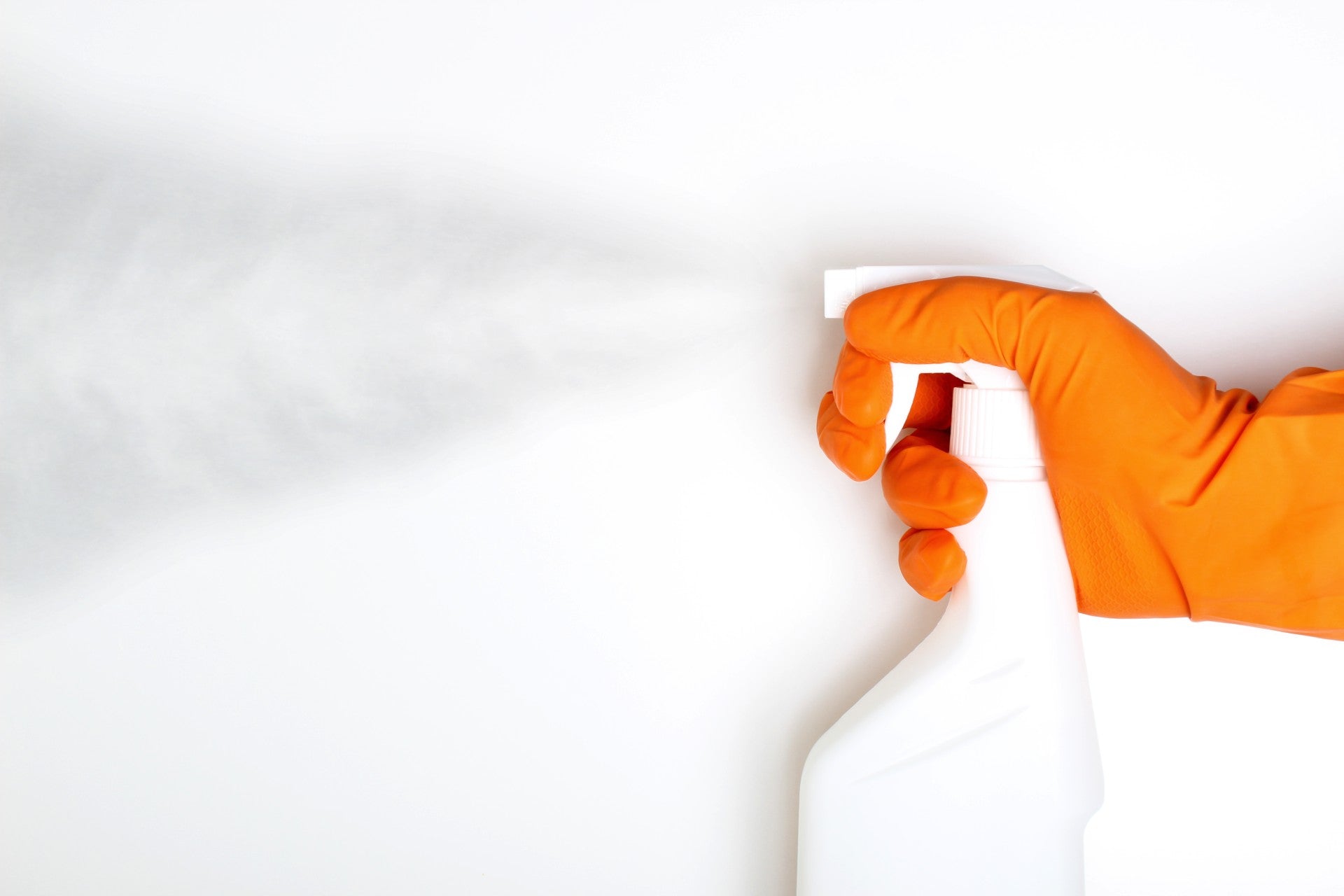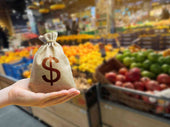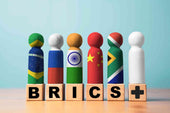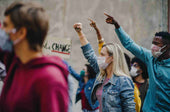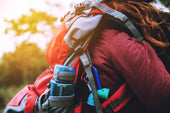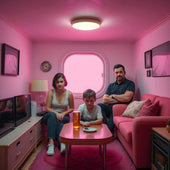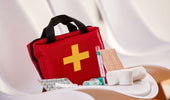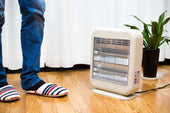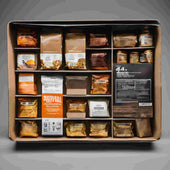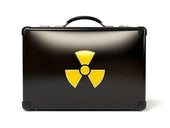Since then, Febreze has been one of the most popular fabric freshener products. People use it in various ways inside their homes, and the practice has been passed down for generations.
Most air fresheners today simply settle on the surface, but not Febreze. This product penetrates the fabric it touches and removes odors. Thus, the fabric won’t retain smells like tobacco, diapers, and others.
Febreze contains water, fragrance, odor eliminator, a non-flammable natural propellant, and quality control ingredients. It also contains chemicals that may harm the body, particularly for those with sensitive conditions. Some of these chemicals include hydrogenated oils, cyclodextrin, and polyacrylate.
On the other hand, you can create your own Febreze using natural ingredients and your favorite essential oils!
Read this article to know more about it:
Understanding What Is Febreze
Febreze is an air freshener made by Procter & Gamble. According to their marketing team, it works by trapping odor molecules within a chemical in the product. However, the Environmental Working Group states that Febreze contains approximately 87 chemicals, yet it only reveals three ingredients on its packaging.

Here is the list of some of the chemicals included in the product.
Acetaldehyde
This chemical is linked to causing cancer in users. It is toxic to development and reproduction. It can also produce immunotoxin and become harmful to non-reproductive organs.
BHT
BHT is also known as a neurotoxin. It is an endocrine disruptor that causes immunotoxicity, non-reproductive organ system toxicity, skin irritation, eye and lungs.
Fragrance
It is one out of three ingredients disclosed in the product. However, it is still vague and can cause immunotoxin and allergies to the user.
Propylene Glycol
It can cause cancer and allergies. It is toxic to the immune system and reproductive organ system, and it is classified as enhanced skin absorption, which can irritate the eye, skin, and lungs.
Benefits Of Using Homemade Fabric Freshener
With the dangers of using a chemically-infused Febreze, you will now be encouraged to switch to all-natural products. Luckily, you can create your Febreze spray and use it in almost all of the chores inside your home. Here are some of its benefits:
Breathable
When we sweat, our clothes can help us stay fresh. We can help our clothes do their job by using fabric fresheners. DIY fabric fresheners can prevent fibrillation and matting that makes the moisture trapped in the clothes. These fresheners can help the fabric have an open structure and carry sweat away from your skin. Just like humans, clothes will feel better when they can breathe easily.
Make The Fabric Soft
We spend most of our time pampering our skin and making it soft. We must also use soft and gentle-on-the-skin fabrics and linens inside our homes. DIY fresheners can also smoothen the fibers, which makes the fabrics gentle to the touch and prevents injuries.
It is also easy to iron and can have fewer wrinkles. Finally, fabric fresheners can prevent wear and tear on the clothes or linens and make them last long.
Retains The Shape
You choose your clothes to look good and feel better, so it only makes sense if you pay attention accordingly. A DIY fabric freshener can help your garments maintain shape and color.
It works by preventing the yarns and the fibers from relaxing and stiffening. Even if you wash it on the machine, it will retain its original state and not crumble.
Remove Foul Odor
For example, when you hang your gym bags in your closet, you can let the fresh linens join them, but spritz your DIY Febreze. Your room will smell right after spraying the scent; you can erase the smell of the last diaper change in just a couple of minutes. Yours can smell as good as your baby's room, too.
If you use Febreze in the closet with your smelly shoes, the odor will ultimately be removed. Indeed, Febreze and the oils of your choice can work wonders in your home! For the freshener to be effective, spray it after vacuuming, especially on carpets and furniture.
Recipes For Do-It-Yourself (DIY) Febreze
The all-natural DIY Febreze only requires products you can see inside your home, specifically in your kitchen. You don't need to spend hundreds of dollars on it and can save money. The recipes include essential oils from fruits, vegetables, trees, and plants. Here are some of the recipes:
Purification Essential Oil Plus Witch Hazel
You can create your own Febreze using the Young Living Purification essential oil. This oil combines six essential oils: Citronella, Myrtle, Melaleuca, Lavandin, Rosemary Cineol, and Lemongrass. The oils are great for neutralizing fabric odors.
Materials/ Ingredients
To create this spray, you need to have a spray bottle with a nozzle. If you have an old kitchen spray bottle, you can also use witch hazel (an astringent compound), distilled water, and purification essential oil.
Directions
Here are some steps on how to do this spray:
- Grab a clean bottle.
- Combine one part of witch hazel into three parts of distilled water.
- Next, add 20 drops of Purification essential oil.
- Mix the ingredients thoroughly until you have the final product.
All these ingredients are natural and contribute to deodorizing fabrics inside your home. The witch hazel is a natural solvent. It can sanitize materials, evaporates quickly, and is more gentle than other alcohol-based cleaners.
Meanwhile, as discussed above, the purification oil is extracted from natural ingredients and does not react to the body.
Baking Soda And Essential Oils
Another recipe uses baking soda and antibacterial essential oils. Baking soda has been used in most chores inside the home. It helps neutralize the odor, and it deodorizes foul smells. Meanwhile, antibacterial essential oils are great for eliminating bacteria that cause foul odors in the clothes.
Materials/ Ingredients And Directions
This recipe calls for 1.5 cups of warm water, 1/2 cup of witch hazel, two tablespoons of baking soda, and 10 to 30 drops of essential oils. Use essential oil mixes like Lemon, Lemongrass, Lavender, and Cinnamon Bark. Try tea tree, Geranium, Eucalyptus, Oregano, and Thyme.
Mix all the ingredients in a clean bottle until you create the funnel product. Cover the container and store it in any safe place for long-term usage.
Vodka Or Rubbing Alcohol And Essential Oils
Rubbing alcohol, or isopropyl alcohol, is an antiseptic and your favorite choice. It is frequently used in homemade cleaners because it effectively kills and eventually removes germs.
Meanwhile, some people avoid using alcohol as a cleaning agent. Thus, you can use vodka instead!
Vodka is a good holiday drink and an excellent deodorizer and disinfectant for your home! It can help you de-stink your mildewy clothing, deodorize your clothes, and disinfect your mattress. It removes the odor as it evaporates into the air. Here are other benefits of using vodka:
- Do not leave any scent even when used with natural cleaners.
- There is no remaining residue, unlike baking soda.
- It is a natural anti-fungal and antibacterial agent.
- It emulsifies essential oils. Thus, it does not need shaking.
- Generic vodka can be cleaned thoroughly versus expensive brands.
Materials/Ingredients And Directions
This recipe requires 1/2 cup of vodka, 1/2 cup of distilled water, 25 drops of Lavender essential oil, 25 drops of Lemon essential oil, and 10 drops of Tea Tree Oil. Mix all the ingredients in a spray bottle and shake it. Then, spray the mixture on fabrics and linens in your room. Keep the spray in a safe place out of the reach of your children.
Other DIY Febreze at home

Do-It-Yourself Reed Diffuser
Make a basic DIY rendition of a reed diffuser using baby oil. Add a teaspoon of your beloved essential oil (any scent will work) to a small glass container and fill the rest with baby oil. You might have to add extra essential oil using a large vessel. Place rattan diffuser sticks inside the container and slowly stir the mixture. Set your DIY reed diffuser on a countertop or table to occupy the space with scent.
Carpet Deodorizer
Create a homemade carpet deodorizer for a natural way of disposing of lingering odors from your floors. Mix baking soda and 1/2 cup of cornstarch in a medium bowl. Add five drops of your beloved essential oil and stir to blend. Use a funnel to pour the mixture into a Mason jar. Make tiny holes in the lid using a hammer and nail, then, at that point, attach the lid to the jar. Delicately sprinkle the mixture onto the carpet on a case-by-case basis, and let sit for around 30 minutes before vacuuming.
Gel Room Scent
Have one cup of water to boil in a medium pot. Add four packets of unflavored gelatin and whisk until dissolved. Add a teaspoon of any essential oil. Since this DIY fragrance will be displayed, you can add a drop of food coloring whenever wanted for a trace of shading. Then, blend in one cup of water and one tablespoon of salt and mix.
Pour the mixture into little glass containers and let it cool until the gel is solid. Set the containers on a table or countertop without a lid; the gelatin mixture will gradually release the fragrance as it dries.
Removing Odors Naturally
Febreze can be dangerous to health and may not effectively clean or eliminate odors in fabrics and your room. It merely masks smells, allowing bacteria to linger, which makes cleaning difficult.
Other steps will help you naturally remove the odors from your linens. Before taking steps to eliminate the smell, consider where it comes from. If you believe it is from dirty rags, carpets, or curtains, you can wash them.
Otherwise, you can also follow some of these steps:
-
Use specific houseplants that can help you clean the air. These are aloe vera, bamboo palm tree, pygmy date palm tree, English Ivy, Fern, and Daisy.
-
Remove odor naturally using fabric fresheners, choosing natural materials for furniture, and natural fragrances.
-
One of the most natural and effective ways to purify the air is the Homerev Odor bag. You can hang or place any odor bag anywhere in your home. These bags absorb moisture and humidity and prevent mold, mildew, and bacteria growth. They also soak up particles, allergens, and pollutants that could be causing a lingering smell.
-
One of the classic odor remover agents is Baking soda. It literally "absorbs" odor-causing particles, downplaying nearby smells.
-
White vinegar is one of the best natural cleaning solutions and is also great for neutralizing odors. To prevent airborne smells, pour a cup of white vinegar into a bowl and place it on the side of the room.
-
Another option to eliminate humidity is a gel pack. Silica gel packs can help soak in excess moisture in small spaces, which can help prevent the buildup of odor.
-
Keeping your air filters and purifiers fresh guarantees they remove harmful particles that could be smelling up your home. Make sure to replace your air filters for a new and clean environment.
-
Putting stinky things outside will let the sun and air dry up odor particles. If a whole room smells, opening a window (in good weather) can introduce a new, natural ambiance that will make your home smell delightful once more.
There is no need for pricey chemicals and other products. You have to choose the items you use inside your home wisely, and you can gradually eliminate the odor.
Wonders Of Essential Oils

Essential oils are popular today, offering various benefits to their users. They can boost immunity, alleviate bad moods, help heal wounds, make the home smell sweet, fight insomnia, and help you feel grounded. You can apply them directly to your skin and continue your daily routine.
Apart from these benefits, it can make your linens lovely. Add a few drops of the oils to the fabric, and you can wash away the smell and feel fresher throughout the day.
Other ingredients and directions with essential oils.
- Place the funnel into the spray bottle
- Add 1 tablespoon of bicarbonate of soda to the bottle
- Add 10 drops of essential oil of your choice
- Top up the bottle to 3/4 full with boiling water that has cooled a bit
- Screw the lid on tightly and shake
- Spray and enjoy the fragrance and aroma!
Finally, essential oils can help make one relax and recharge for the big day ahead of you.
Source of Odors You Must Know
With stinky odors, they can easily linger in any material, even stay in certain rooms of your home. If your room smells smelly, it may be brought about by something many refer to as microbial volatile compounds (VOCs). The Environmental Protection Agency stated that since mVOCs regularly have strong or unpleasant odors, they can be the source of the "moldy odor" or musty smell often connected with mold growth. A moldy smell recommends that mold fills the building and should be examined.
Mold can be found anywhere in your room—hidden in your walls, on your window sills, under your carpeting, or toward the corner of your bedroom or bathroom. While some mold is a bother, the Centers for Disease Control and Prevention says a health risk might exist if you can see or smell mold.
However, it is a generally expected reason for foul odors. Mold isn't the primary imaginable source stinking up your room. Other possible sources of awful odors in your room include
Pet accidents—Sometimes, even the most well-trained pets have accidents. Whether it's a hidden accident or one you tidy up promptly, the smell can last for quite a long time, even months. Pet pee can saturate the carpet cushioning and cause mildew or mold growth if left too long.
Leftover food: Old food or drink containers might begin to smell. Whether no apparent food or drink stays in your room, old stains or spills could also cause a smell.
Dirty laundry— Your laundry hamper is one more suitable place for bacteria. Indeed, one review distributed in the Journal of Chromatography A found that "sweat from the underarm is odorless until it comes into contact with bacteria on the skin. Stagnant air traps airborne particles like dust, mold spores, and even tobacco smoke from your clothes. This is particularly evident on hot, humid days. The air clutches these pollutants if you don't have appropriate ventilation in your room.
Dust— Dust consists of a wide range of gross things: dead skin, pollen, pet hair and dander, bugs, bug droppings, and soil. Also, that is only the beginning. In addition to the fact that dust makes your room look and feel filthy, it likewise influences the nature of your air and can cause a musty smell.
Things To Consider About DIY Febreze
When using the freshener, it is best to let it settle for a few minutes before entering the room, opening the closet, using the clothes, or walking on the carpet.
Also, using fresheners in fabrics, upholstery, and curtains is safe. You can apply them to old draperies, insulate the windows, and freshen the room. Indeed, by removing odors, they can extend the life of your carpet, clothes, luggage, and upholstery.
Regular use can decrease the intensity of the smells and eliminate them in the future. Postponing the re-carpeting of your living room to eliminate the foul smell can save you some money. You can also use the savings you have during emergencies! DIY Febreze can be amazing!
Conclusion

In summary, you can create your fabric freshener without using various chemicals that may harm your health. You must be creative and appropriately research the natural ingredients you can use as an alternative freshener.
The ingredients mentioned above are some recipes you can try, and other variants are available in the market today. Check some deodorizers and disinfectants inside your home and if they are okay to use.
But before assuming its effectivity, always check the labels to prevent allergic reactions. Always remember that an excellent-smelling home is a pathway to good health! So start using a natural fabric freshener now!

